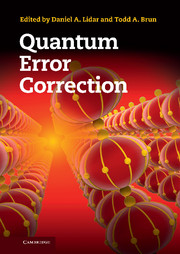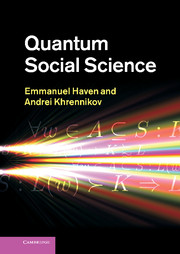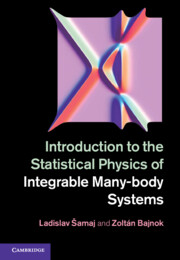Introduction
Most quantum error-correcting codes (QECCs) that are designed to correct local errors are stabilizer codes that correspond to additive classical codes. Because of this correspondence, stabilizer codes are also referred to as additive codes, while nonstabilizer codes are called nonadditive codes. Shortly after the invention of stabilizer codes by Gottesman [G96a] and independently Calderbank et al. [CRS+98], the nonadditive ((5, 6, 2)) code was found [RHS+97], which constitutes the first example of a nonadditive quantum code with a higher dimension than any stabilizer code of equal length and minimum distance. About ten years later, the first one-error-correcting ((9, 12, 3)) code and the optimal ((10, 24, 3)) code were found [YCL+09, YCO07], both better than any stabilizer code of the same length.
Here we describe a framework that not only allows a joint description of these codes, but also enables the construction of new nonadditive codes with better parameters than the best known stabilizer codes. These codes are based on the classical nonlinear Goethals and Preparata codes, which themselves are better than any classical linear code.
In Section 10.3, the framework will be presented from two different points of view, namely union stabilizer codes and codeword stabilized codes, each highlighting different aspects of the construction. To illustrate the relationship of these nonadditive codes to stabilizer codes we first recall the main aspects of the latter. Section 10.4 is devoted to methods for obtaining new codes, including the aforementioned quantum Goethals–Preparata codes.


